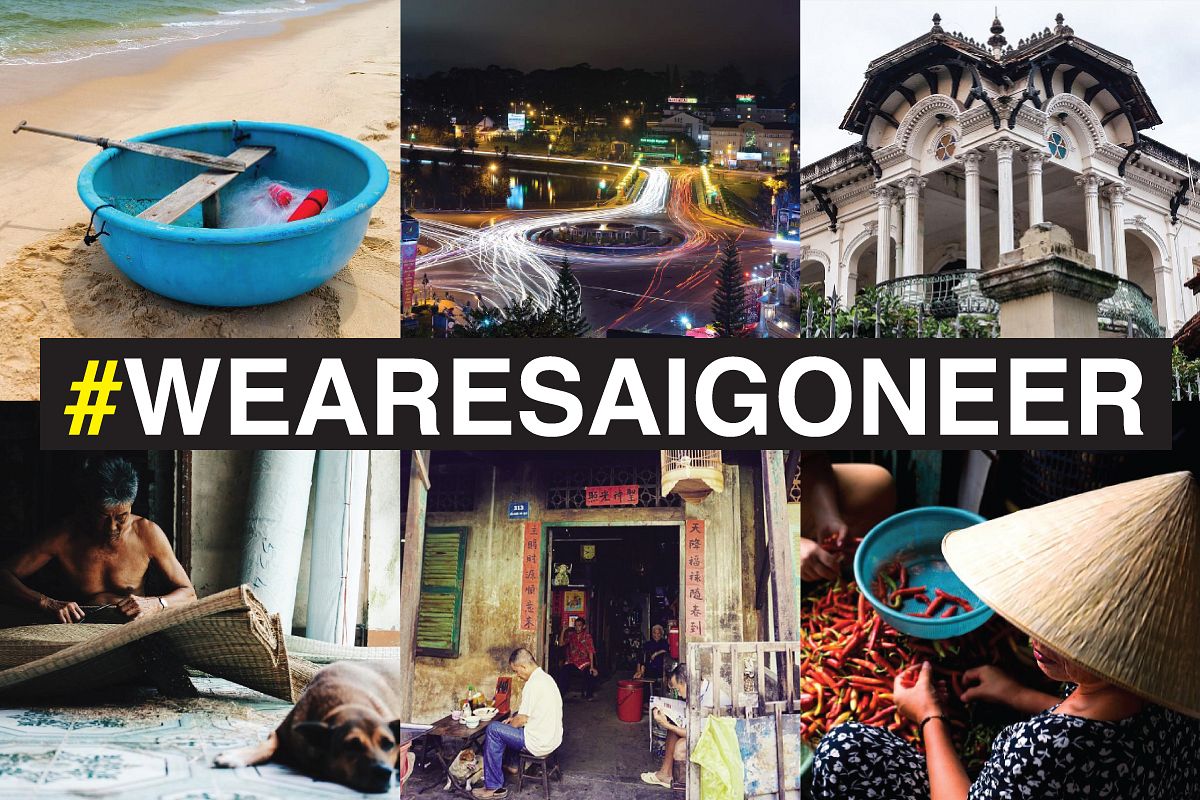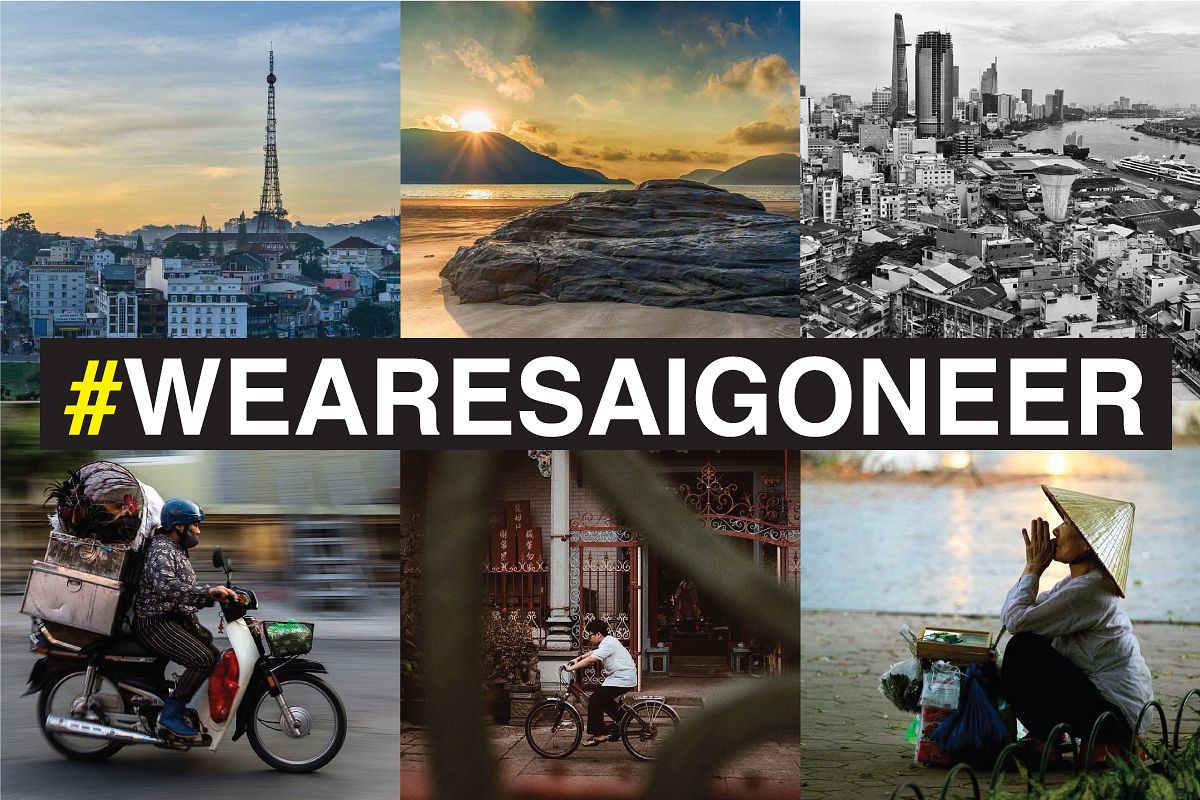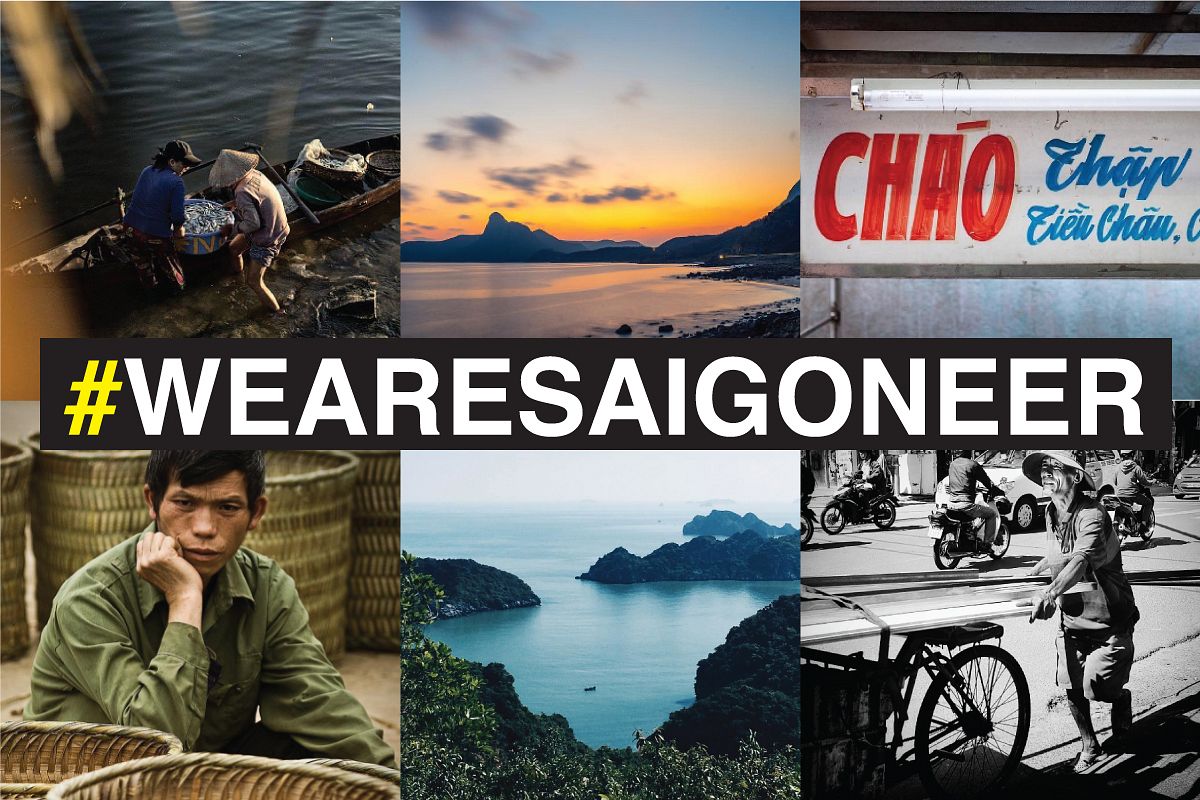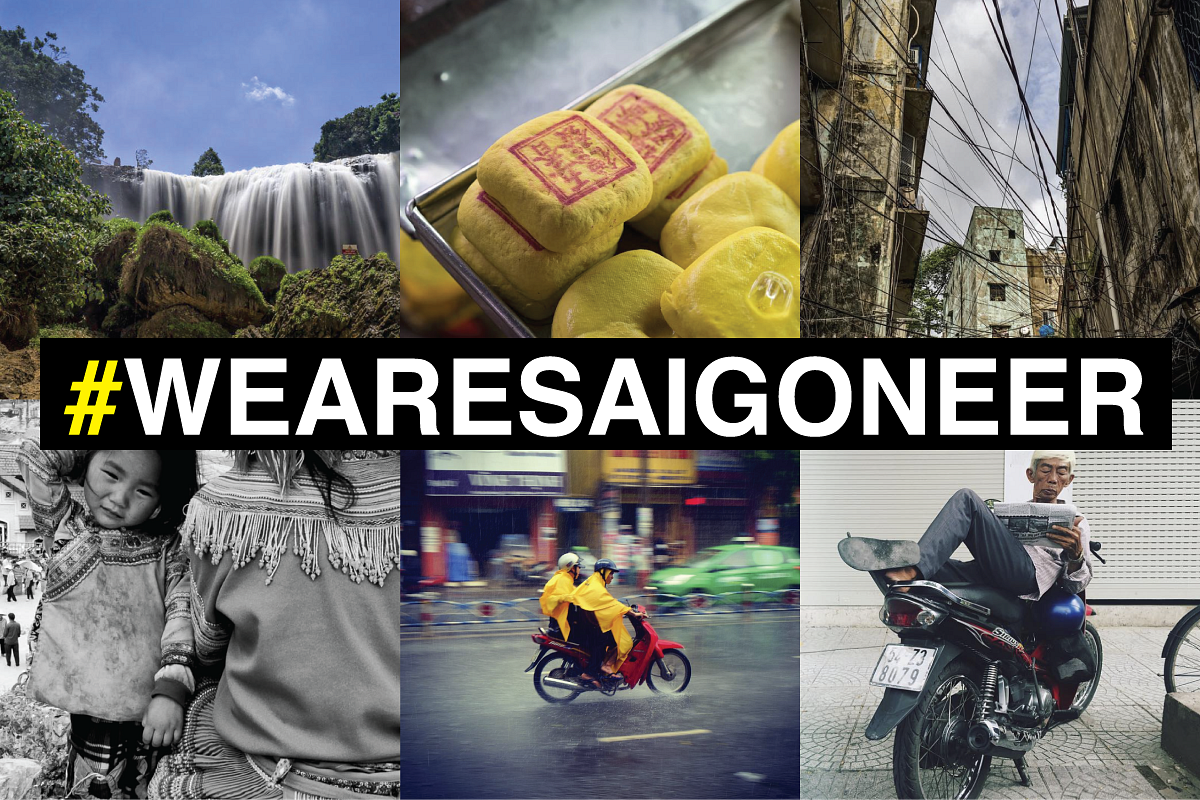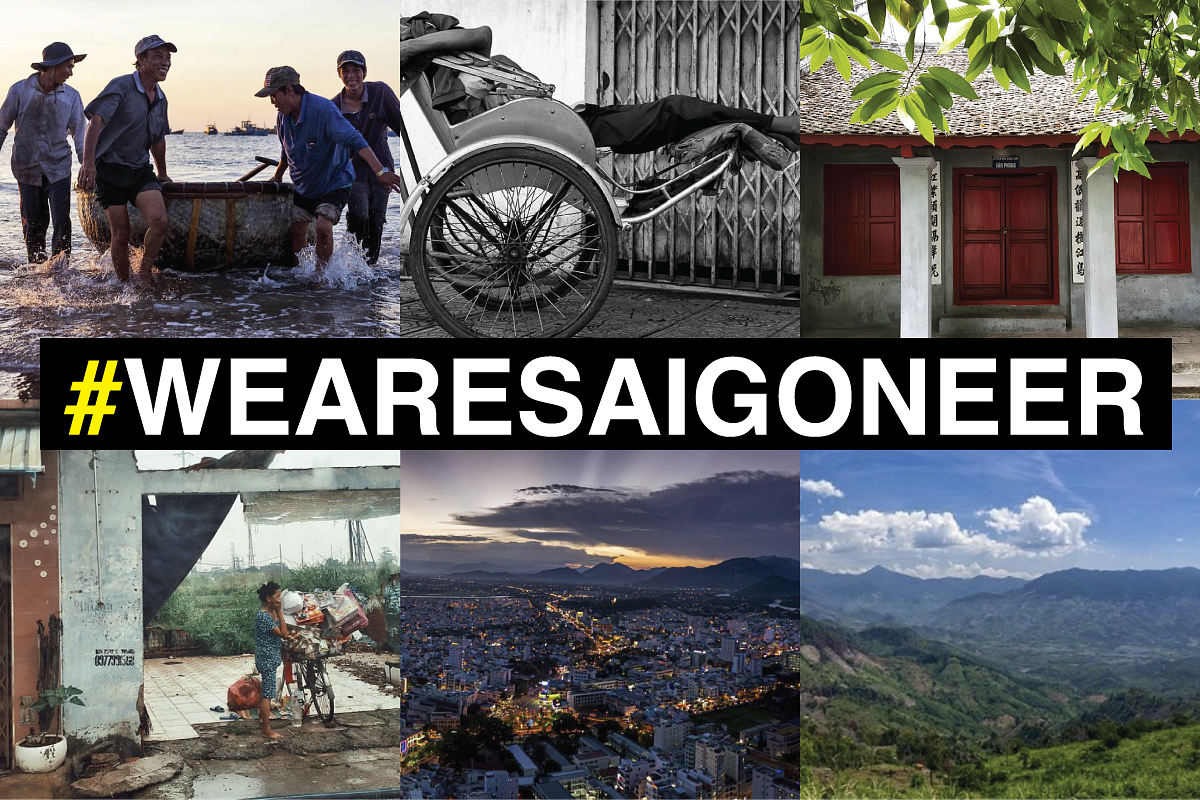Ahead of their Saigon issue, Saigoneer presents an exclusive excerpt from Wonderfilled Magazine. Now in its sixth volume, the travel magazine tells stories about creativity around the world. Each issue is an immersive look at one city and its food, craft and design, featuring the people who are contributing to its current culture. Wonderfilled Volume Six explores the streets of Saigon, meeting the movers and the makers bringing creativity to life in 2016.
In the end, it boiled down to a year on the road, consulting, traveling, and living out of a small carry-on, plus a well-made leather bag. In the words of Grant Hawkins: “That bag became my best friend.” Bought in Morocco (or Marrakesh to be exact), the bag went everywhere on bikes and planes, tucked into coffee shops, stashed away during meetings. And when the leather strap broke, he replaced it with a 1970s guitar strap.
In so many words, Hawkins bonded with his bag. During a time in his life when minimalism reigned supreme, it wasn’t enough to carry the essentials - it was critical to carry the right essentials. From then on, this idea of intentionality and careful curation took on new life, because, as Hawkins reflects: “Every product you don’t have a bond with is a missed opportunity.”
Shortly after that year of travel (both for work and pleasure), Hawkins found himself in Saigon much the same way most expats end up in Vietnam: eager for something different and intrigued by the rapidly evolving cityscape. A teaching job was the impetus, but after the move he realized that this city could be the place to dust off an old business plan that hadn’t taken flight in the US, one that involved well-made leather goods.

A few years earlier, flush with excitement over his leather bag, Hawkins went to Mexico and bought the supplies needed for his leather-making business. Unfortunately, this venture was met with more loss than gain. The shop was was quickly shuttered only to be reopened in the Vietnamese market a few years later.
Before diving into the nuts and bolts – or, shall we say, rivets and stitches - of the appropriately named Marrakech Leather, it’s important to understand Hawkins' business philosophy or, more specifically, the importance of knowing your economical handprint.
Similar to an environmental footprint, the concept explores the idea of how purchases, and therefore dollars, are impacting the community. The terms local and handmade can become more than buzzwords and bring a sustainable impact to those directly involved. In this instance, that meant supporting local Vietnamese craftsmen and environmentally friendly practices.
It all begins with Hawkins' initial design. Like that infamous leather bag from which Marrakesh Leather grew wings, he focuses on intentionality: what is needed? What is superfluous? What will bring the greatest utilitarian function while looking on trend? Luckily for Hawkins, inspiration is boundless in Vietnam. Daily commutes via motorbike mean seeing what everyone is wearing and the confluence of influences that dominate Vietnamese design.

“There are three big influences here: America, Japan and Korea, and all are very different,” Hawkins explains. “Korean design is black and white, with rounded corners. Japanese is all about consistency and perfection, and American is name brand and flamboyance.”
But with Vietnamese design, he says: “It’s whatever [Vietnamese people] think is beautiful – and sometimes that doesn’t make sense to westerners.”
Next, Hawkins sources the materials. This lends itself well to Saigon, a city with merchant streets spanning anything you need, from porcelain to textiles to leather. All of Marrakesh Leather’s products are made with vegetable tanned leather, the counterpart to the more mainstream chromium-tanned leather. It takes longer to make, is stiffer, and accounts for only 10% of leather goods, but it’s ultimately more sustainable and environmentally friendly.


Even without a true command of Vietnamese, Hawkins found a supplier with whom he’s been able to build a strong relationship. For Hawkins, building trust in this business environment varies from what he’s familiar with in the US. As he says: “Building trust with the absence of language is hard. Giving is a huge part of that. It’s not about giving the right thing, it’s about the thought behind the gift.”
Once he has the materials, Hawkins makes the prototype and sends it off to Sang, a skilled craftsman whose team he employs to fill out the rest of his inventory. Marrakesh Leather’s most recent offering is a cross-body purse that’s small enough to remain nimble but large enough to carry an iPad, notebook and phone; all of the essentials.
For the moment, Marrakesh Leather is content with the local retail scene. They’re focusing growth first in Saigon then Southeast Asia, and reinvesting in the local economy. And according to Hawkins, from an entrepreneurial perspective, Vietnam’s business culture is open, generous and rich with talent. He’s committed to staying put for at least a little longer so his economic handprint can build into the community he’s grown to love.

To discover Wonderfilled’s full Saigon issue, you can visit the magazine’s website. You can also follow @wonderfilledmag on Instagram for photos and more.


